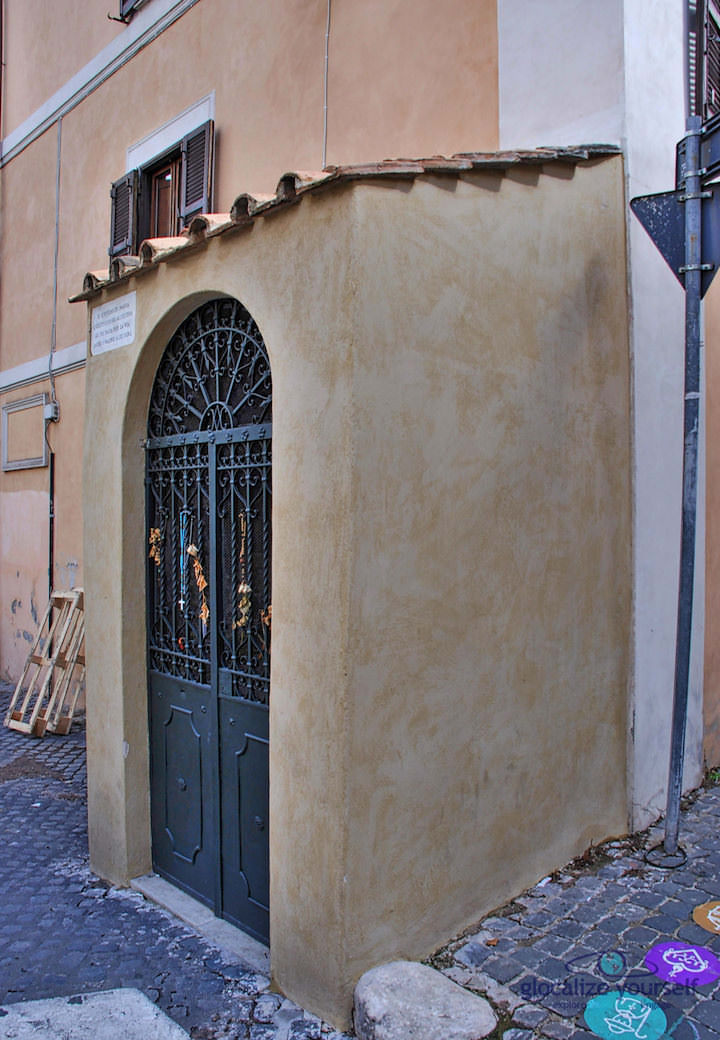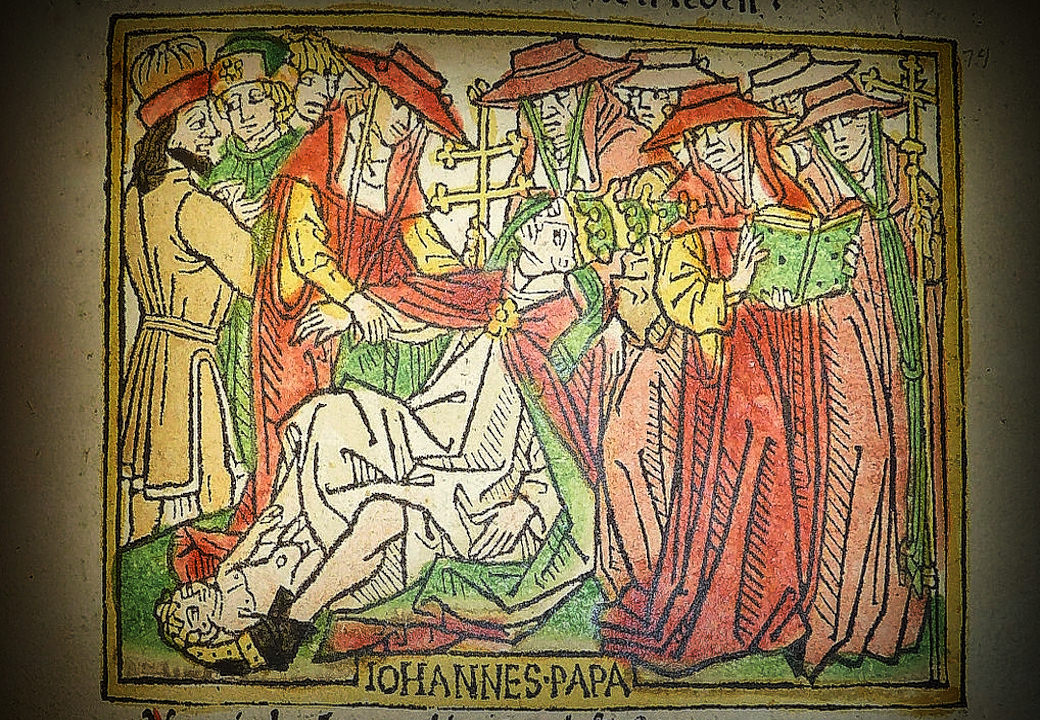
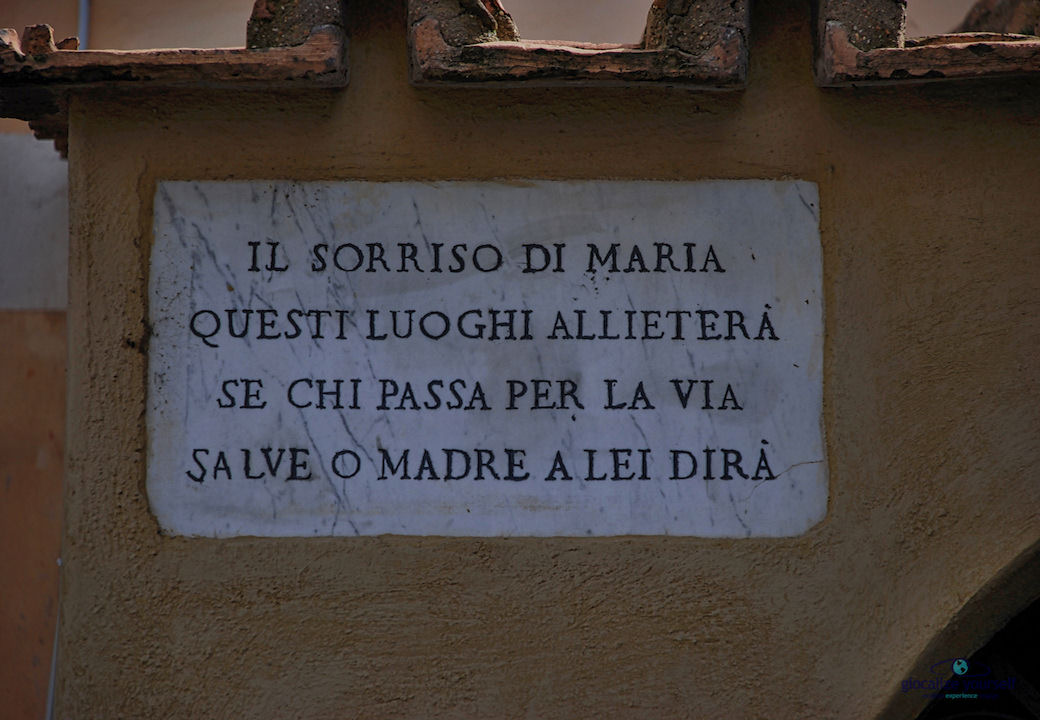
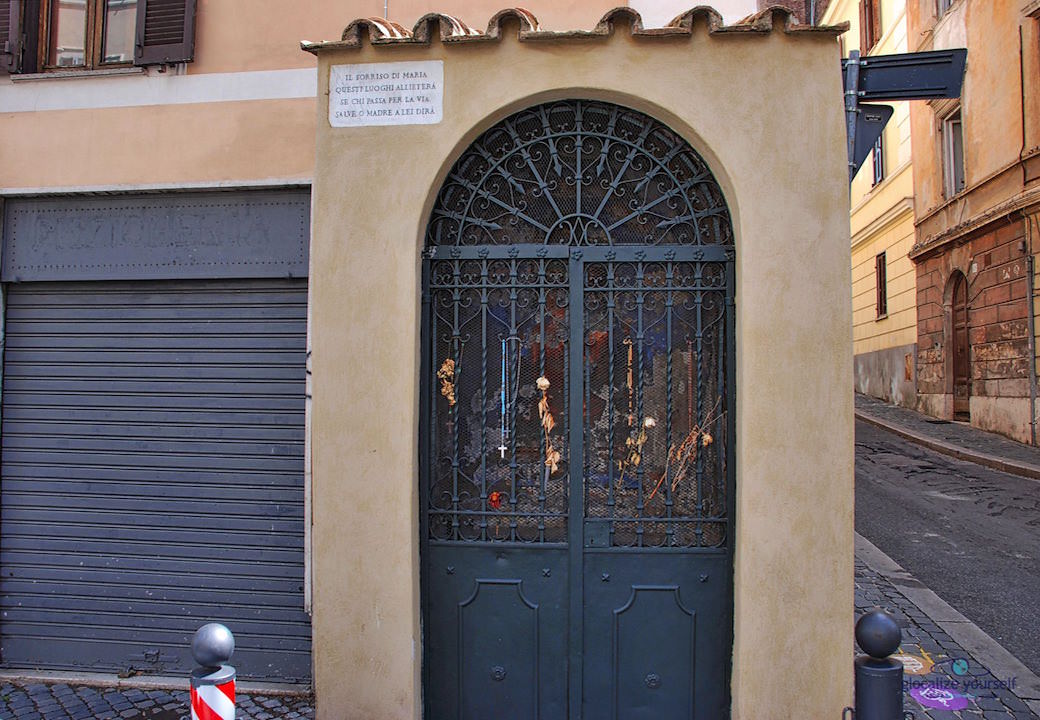
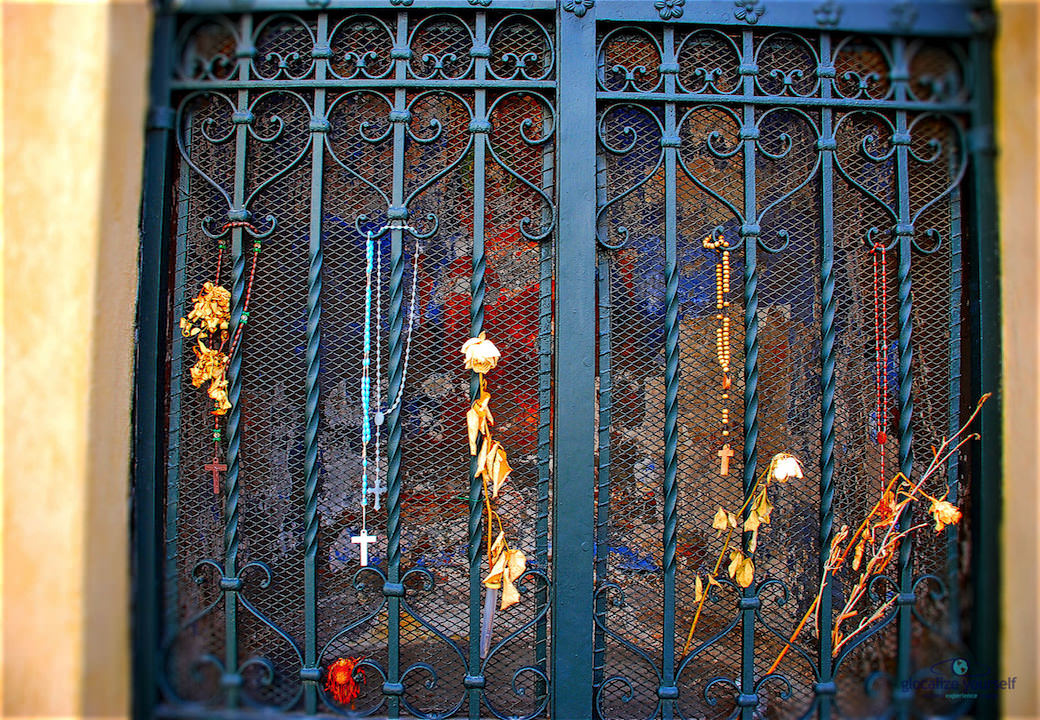
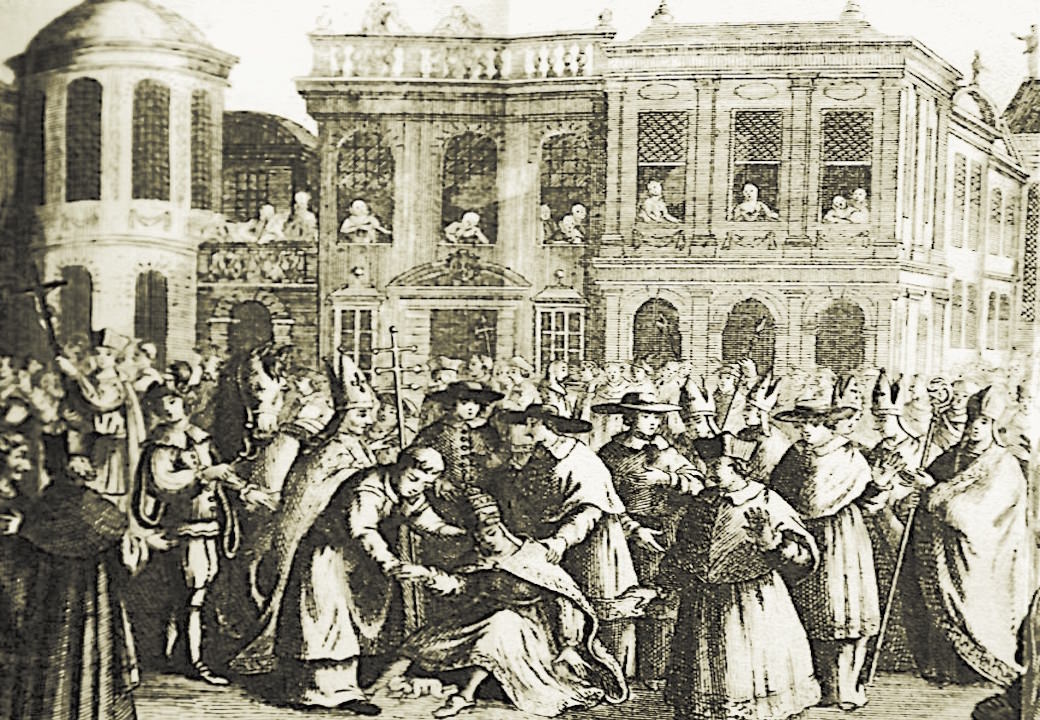
A Dominican friar named Jean de Mailly narrates her story in 1250 in his manuscript Cronica Universalis stating that the young orphan Giovanna Angelica, after having met a monk and escaping with him to the Orient, received education and formation from him, something forbidden to women at that time.
She went on to become notary of the curia after his death and slowly rose up the church hierarchy becoming cardinal and then Pope (John VIII) - from 853-855 to be exact.
Not a long time for a papacy because her secret could not be kept from her secretary and lover.
The legend states that during an Easter procession in the streets of Rome near the Basilica of San Clemente, her horse jumped back because the large crowd approached it, and she, in order to restrain the horse went into premature labor giving birth on the spot.
Delirious with fury, the crowd supposedly subsequently tied her to the horse as well as her child, dragging both to their death. She was then stoned at Ripa Grande.
It is said she is buried between San Giovanni in Laterano and San Pietro in Vaticano.
Her successor Benedict III erased her name from the history books.
Interesting fact (or legend) surrounding the Papessa and Pope protocol: it was thought that after the episode on the horse, all subsequent popes were then physically “checked” to see if they were indeed males.
This required the pope elect to sit on a stercoraria – a type of chair with a hole in the middle allowing for the examination.
The deacons would then proclaim aloud: “virgam et testiculos habet” exclaiming that the individual possessed male genitals.

 English
English  Italian
Italian 
